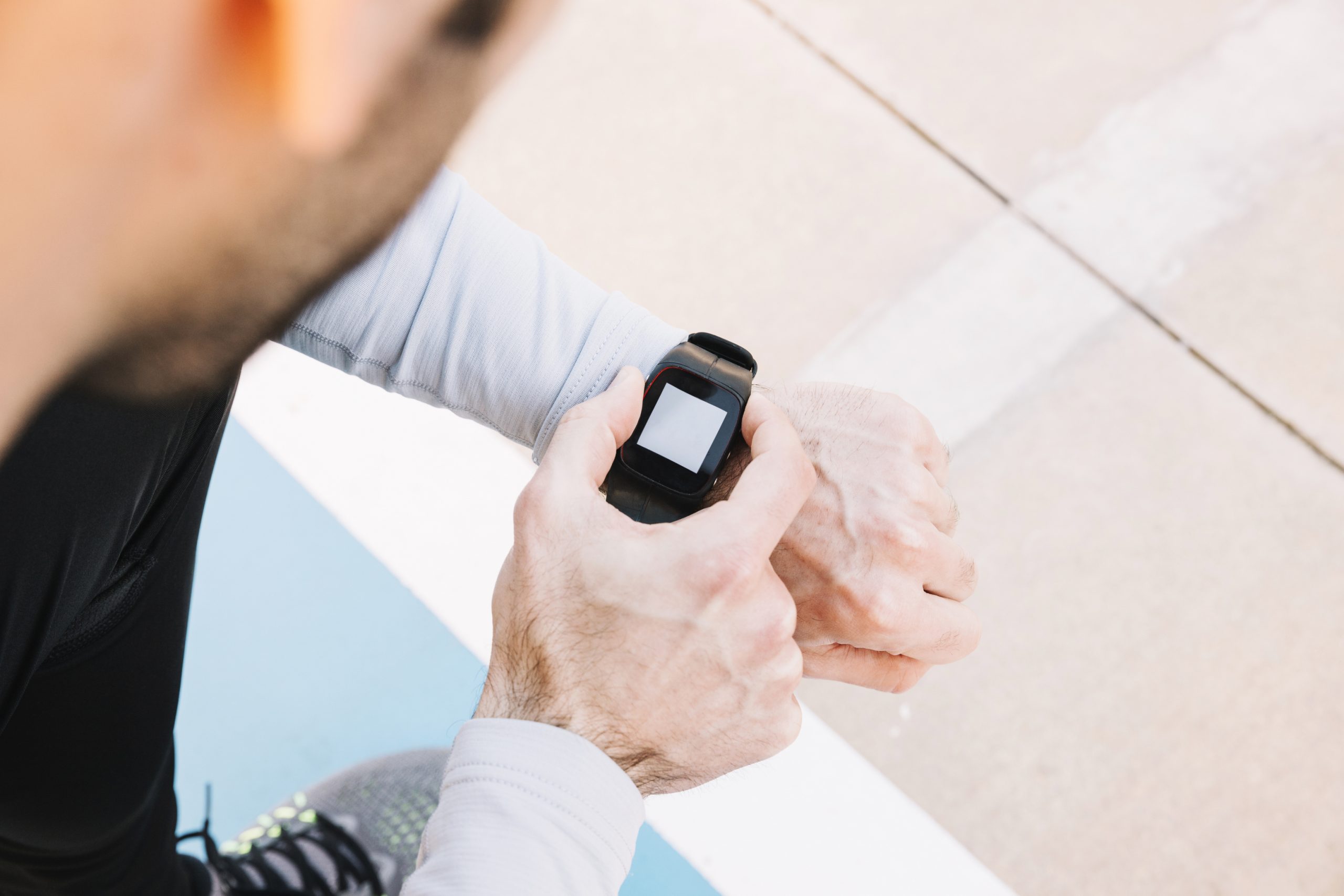

A team of researchers led by Penn State has developed cost-effective and wearable waterproof sensors that can monitor multiple vital signals. The sensor has been designed to be easily accessible to users. The details of the pencil-on-paper sensor were published by the team in the Chemical Engineering Journal.
Previously, the researchers created a pencil-on-paper sensor that might be used in “smart diapers” to detect dampness. However, because that sensor was not hydrophobic, it could not be utilized to accurately monitor other health indicators where moisture could interfere with sensing and outcomes.
“In this case, we are looking to measure gas molecules, temperature and electrical physiological signals,” said co-corresponding author Huanyu “Larry” Cheng, James L. Henderson Jr. Memorial Associate Professor of Engineering Science and Mechanics at Penn State. “If we get interference from the moisture or rapid humidity, the signal and mechanical robustness will be compromised. That’s why we designed a superhydrophobic coating, making the sensor practically waterproof.”
The researchers employed a silica hydrophobic coating that had previously been used for other sensors but had never been used for pencil-on-paper sensors. These waterproof sensors were also intended to be stretchable, allowing them to be worn on the skin.
“With this sensor, you don’t need bulky equipment,” said co-corresponding author Li Yang, formerly a visiting scholar in the Penn State Department of Engineering Science and Mechanics and now of the School of Health Sciences and Biomedical Engineering at Hebei University of Technology, Tianjin, China. “We use low-cost manufacturing approaches to make them accessible. The sensor is made of graphite material exfoliated from a pencil. So, the pencil material is really the sensing material because it’s a conducting material.”
The sensors could capture electrical physiological action to monitor muscular mobility, cardiovascular function, and brain impulses in addition to temperature and gas molecules. According to the researchers, the gadget has the potential not just for sensing but also for stimulation—for example, by sending a current to the skin, the sensor may give thermal therapy.
Cheng believes that the sensor’s price, accessibility, and variety (in terms of the range of vital signs it can measure) may make it valuable for public health applications rather than just individual health.
“In general, we are interested in the population health,” Cheng said. “So, with this low-cost manufacturing process and sensor accessibility, we are hoping we can provide this to a really large population, and then collect information about the variation between individuals to be able to establish a baseline, according to the patient population in different geographic locations or in different populations.”
more recommended stories
 Silica Nanomatrix Boosts Dendritic Cell Cancer Therapy
Silica Nanomatrix Boosts Dendritic Cell Cancer TherapyKey Points Summary Researchers developed a.
 Vagus Nerve and Cardiac Aging: New Heart Study
Vagus Nerve and Cardiac Aging: New Heart StudyKey Takeaways for Healthcare Professionals Preserving.
 Cognitive Distraction From Conversation While Driving
Cognitive Distraction From Conversation While DrivingKey Takeaways (Quick Summary) Talking, not.
 Fat-Regulating Enzyme Offers New Target for Obesity
Fat-Regulating Enzyme Offers New Target for ObesityKey Highlights (Quick Summary) Researchers identified.
 Spatial Computing Explains How Brain Organizes Cognition
Spatial Computing Explains How Brain Organizes CognitionKey Takeaways (Quick Summary) MIT researchers.
 Gestational Diabetes Risk Identified by Blood Metabolites
Gestational Diabetes Risk Identified by Blood MetabolitesKey Takeaways (Quick Summary for Clinicians).
 Phage Therapy Study Reveals RNA-Based Infection Control
Phage Therapy Study Reveals RNA-Based Infection ControlKey Takeaways (Quick Summary) Researchers uncovered.
 Pelvic Floor Disorders: Treatable Yet Often Ignored
Pelvic Floor Disorders: Treatable Yet Often IgnoredKey Takeaways (Quick Summary) Pelvic floor.
 Urine-Based microRNA Aging Clock Predicts Biological Age
Urine-Based microRNA Aging Clock Predicts Biological AgeKey Takeaways (Quick Summary) Researchers developed.
 Circadian Control of Neutrophils in Myocardial Infarction
Circadian Control of Neutrophils in Myocardial InfarctionKey Takeaways for HCPs Neutrophil activity.

Leave a Comment